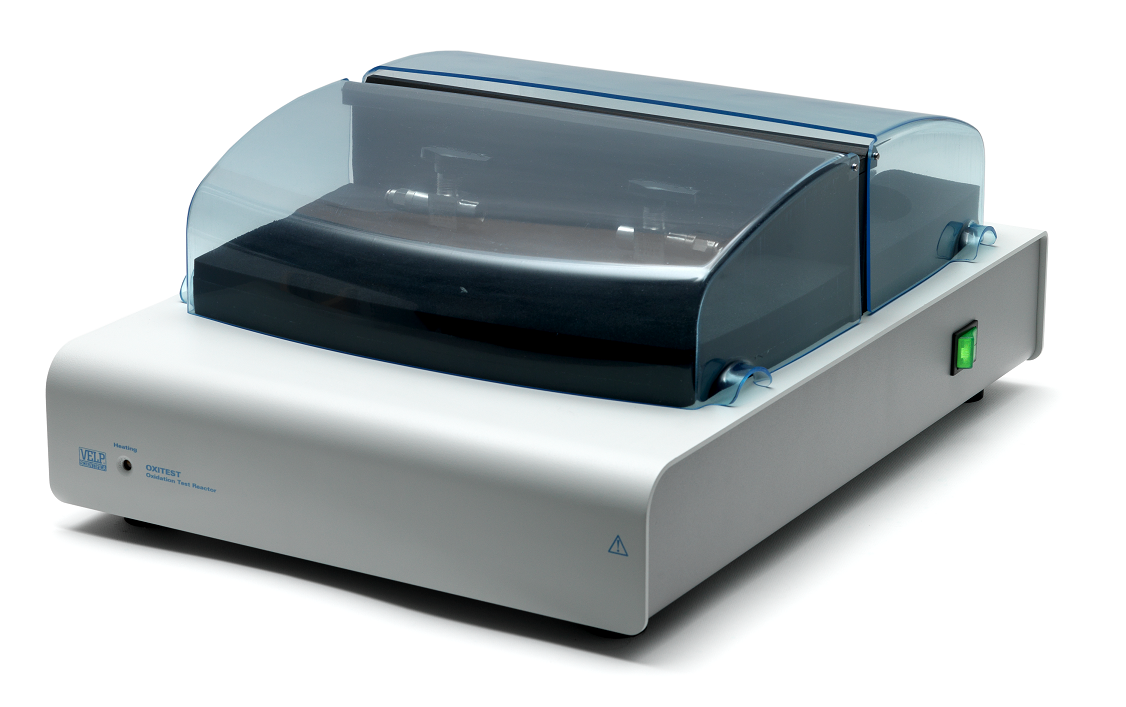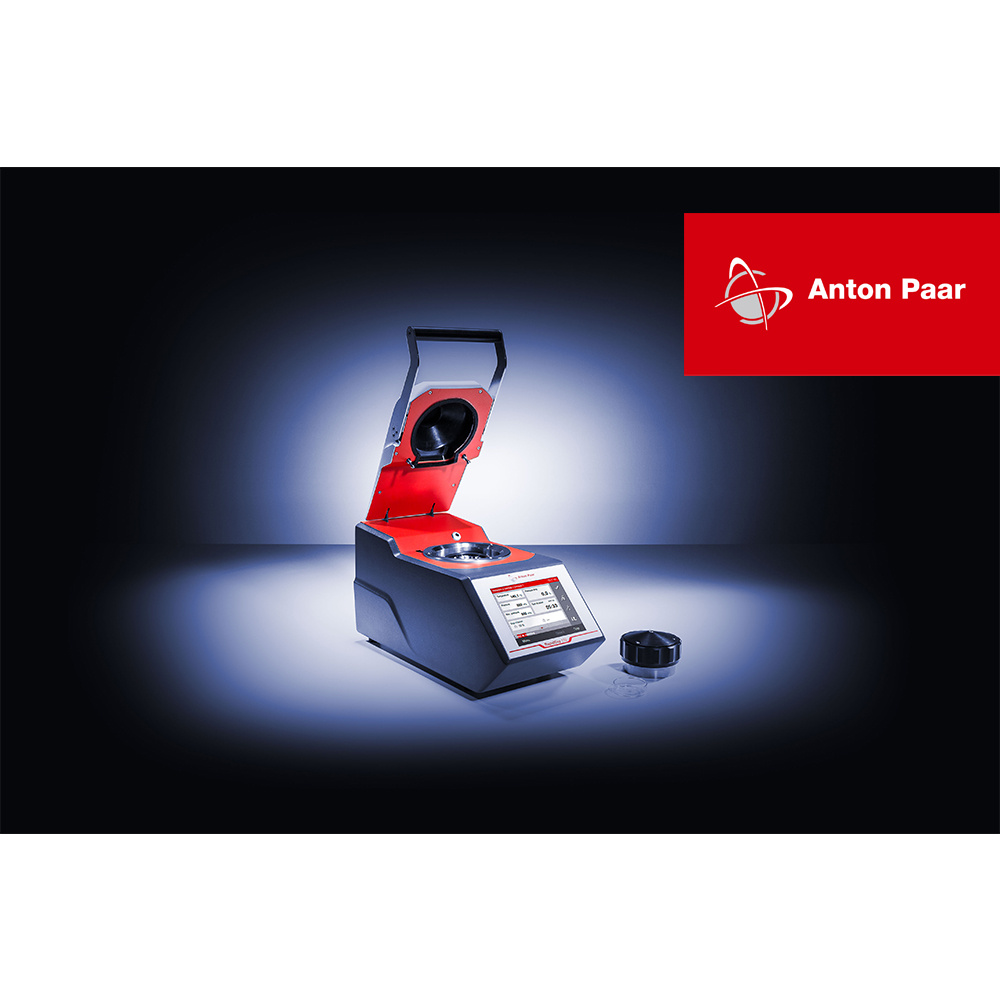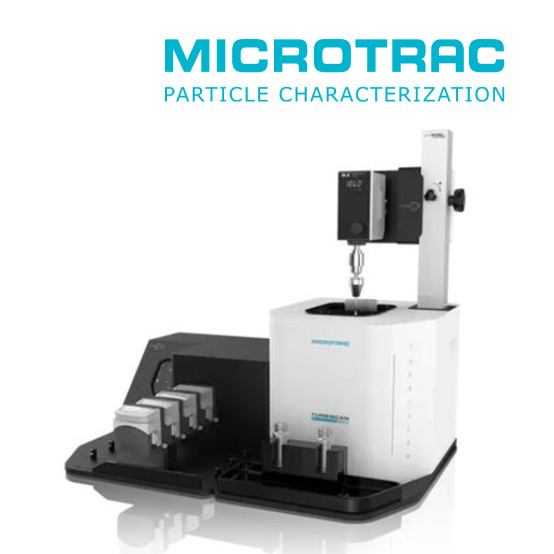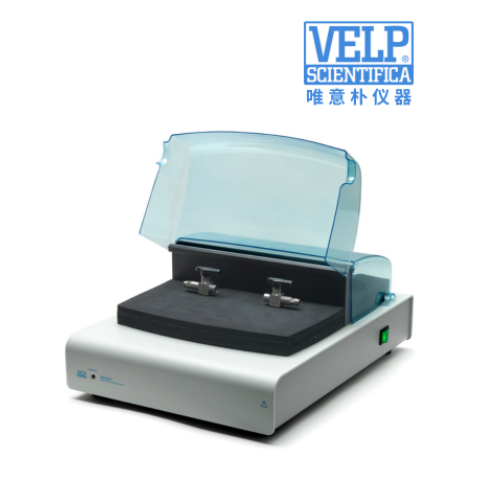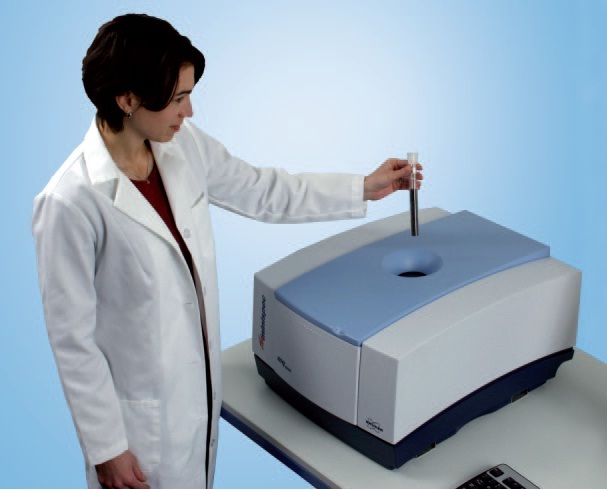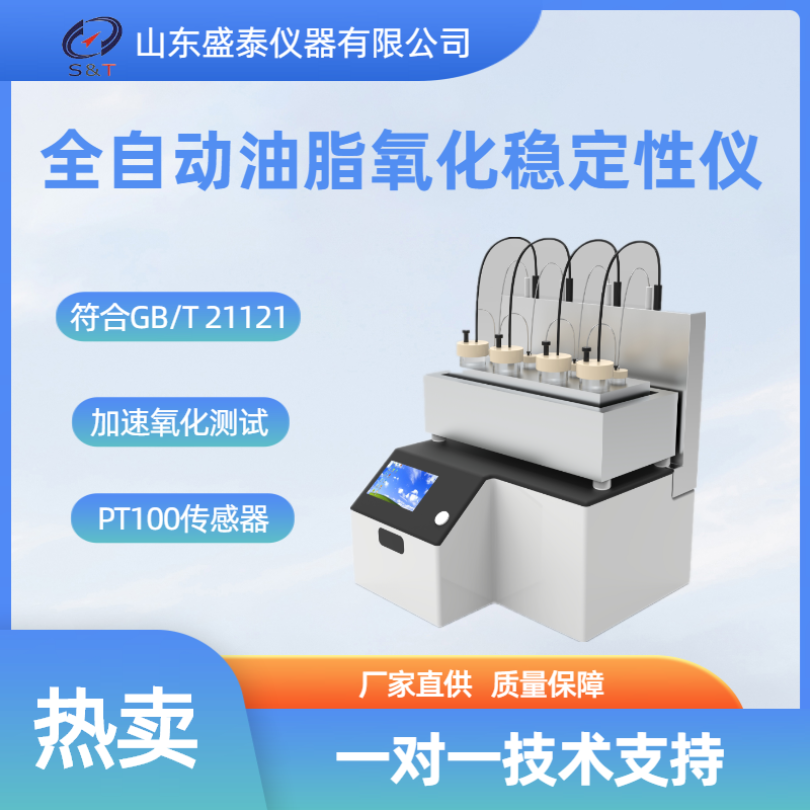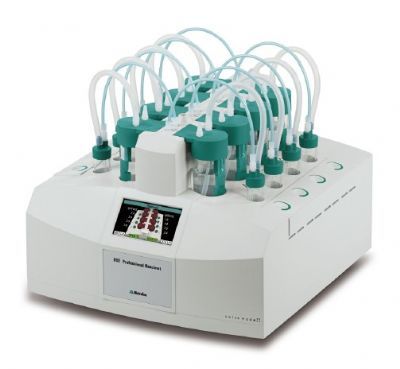方案详情
文
本文采用意大利VELP油脂氧化分析仪对添加天然成分提高橄榄油的稳定性进行了研究,得出结论,像橄榄油这样的易腐食品可以通过添加低浓度天然产品来保护,而不会对它的感官性能产生明显的影响。特别是,仅添加1%的甜椒所产生的强烈影响表明,这种水果在罐装食品中有重要的应用,因为它不会对 终产品的整体风味产生显著影响。
方案详情

620D·INFORM November/December 2015, Vol. 26(10) NATURALANTIOXIDANTS621INFORM November/December 2015, Vol. 26(10) Enhancing stability ofolive oils by enrichmentwith natural ingredients Antonella Cavazza, Paola Salvadeo, CarmenLagana, Stefania Corti, Claudia Mancinelli,and Claudio Corradini Olive oil is an important component in the Mediterranean diet. Several positive health benefits are attrib-uted to the oil, but its shelf life is limited since the bioactive compounds in the oil degrade during storage,which diminishes its organoleptic and healthful properties. For these reasons, the control of olive oilshelf life is an important area of research, and some recent studies have also used mathematical mod-eling to predict it. The main effects reported to occur in olive oils during storage are linked to the lipidicand polyphenolic fractions, and involve oxidative and hydrolytic degradation of several compounds. ·The healthful properties of olive oilsstrongly decrease during storage due tooxidative and hydrolytic degradation ofbioactive compounds. · Aromatic plants, such as rosemary andoregano, and spices such as red chillipepper powder are rich in compoundswith strong antioxidant properties. · A screening of olive and extra-virgin ol-ive oils enriched with small amounts ofessential oils or red chilli pepper powderwas performed through a rapid analysisthat measures oxidative stability with-out preliminary fat separation. Resultsshowed an enhancement of shelf-life inall experiments. The oxidative stability of an olive oil seems to be highly correlated to its initialcontent of natural antioxidants. Consequently, the addition of natural substances has been proposed as away to protect foods from deterioration and to prolong their shelf life. Indeed,there is a historical basis for this approach as aromatic plants, which containessential oils with important antimicrobial, antioxidant, and other biologicalactivities, have been used since ancient times as natural preservatives in foodflavorings,pharmaceuticals, cosmetics, and perfumes. Essential oils from oregano and rosemary, for example, have been widelyused in such diverse types of food products as cheese, olive oil, and mackereloil, where they provide higher resistance to oxidation and increased thermalstability. Oregano contains high percentages of the phenols carvacrol and thy-mol (known for antimicrobial and antioxidant activity) as well as the monoter-pene hydrocarbons p-cymene and c-terpinene, which are flavor and perfumeingredients. The flavonoids of oregano are also a group of compounds withantioxidant activity. Rosemary essential oil contains carnosic acid, carnosol,and rosmarinic acid, which impart effective antioxidant properties. Spices have also been proposed as a way to protect foodfrom oxidation. In particular, red chilli pepper powder (Capsi-cumss. vv.) is a remarkable source of antioxidants, includingflavonoids (quercetin, luteolin), phenolic acids, carotenoids(carotene, capxanthin, zeaxanthin), and vitamins (vitamin A,ascorbic acid, and tocopherols). The major pungent compo-D-nents of red chilli pepper powder are capsaicinoids. Thesecompounds exhibit an interesting antioxidant activity, whichhas been found to prevent the oxidation of oleic acid at cook-ing temperatures as well as the formation of lipid hydroper-oxides from the autoxidation of linoleic acid. Scientists in the Department of Chemistry at the Univer-sity of Parma (Parma, Italy) and Velp Scientifica (Usmate, Italy)recently conducted a screening to evaluate the effects of add-ing various natural products known for their antioxidant prop-erties to virgin olive and extra-virgin olive oils. Two essentialoils (rosemary and oregano) were added to olive oil, and twospices (sweet and hot red chilli pepper powders) were addedto extra-virgin olive oil (Fig. 1). The degree of lipid oxidation of an oil can be measured bychemical or physical methods (direct methods) that are often time consuming, expensive, and require trained people. Thelevel of oxidation of fatty foods can be also determined withindirect methods through tests which measure the fatty food'sstability under accelerated conditions (such as elevated temper-atures) that allow autoxidation measurements to be obtainedin a few hours instead of weeks or months.Generally, theseaccelerated tests provide an oxidation curve, characterized byan Induction Period (IP), which measures the time required toreach the starting point of oxidation that corresponds either toa level of detectable rancidity or a sudden change in the rateof oxidation. In this screening, the oxidative stability of oil samples-both at the beginning and during storage-was investigatedby accelerating the oxidation process through the use of VelpScientifica's Oxitest reactor, an instrument that speeds up theoxidation process based on two accelerating factors: tem-perature and oxygen pressure. Compared to similar and con-ventional technologies, the Oxitest reactor is easy to use, as itallows the analysis to be performed directly on the food (liq-uid, solid, or pasty) without previous fat separation. FIG.1.Olive oil and an example of essential oil bordered by three sources of essential oils: red chili pepper, rosemary, andoregano The instrument, shown in Fig. 2, mea-sures the absolute pressure change insidetwo independent, closed, and thermo-stated chambers, monitors the oxygenuptake by reactive components in thesamples, and automatically generates anInduction Period (IP) value (Maiocchi, P.and U. Bersellini, 2007). The longer theIP was, the higher the stability againstoxidation over time. A series of preliminary experimentsindicated that the quantities sufficient forobserving a significant effect on stabilitywere 1% w/w for red pepper powder and3% w/w for essential oils, respectively. Oil stability was measured on theblank oils (to which nothing was added)and on enriched oils just after the addingthe natural product, to evaluate a possi-ble immediate effect in protection fromoxidation. Measurements of the extra-virgin oil samples were repeated afteraging them in a dark room at room tem-perature for one year. Fig. 3 is a graph of induction timeobtained for blank olive oil (A) and forolive oil enriched with rosemary essen-tial oil (B), where the difference in the flexpoint of the curve can be seen. FIG. 3. IP of blank olive oil (A) and olive oil samples enriched with 3% of rosemaryessential oil (B) Results about samples examined are reported in Figs. 4 and5. All samples enriched with essential oils and spices showed alonger IP than blank oils, thus confirming the antioxidant activityexerted by the natural product that was added. Previous studies had shown rosemary to be more effectivethan oregano in stabilizing olive oil-most likely because oreganoessential oil has a higher content of volatile antioxidants, such ascarvacrol, which may have partially evaporated during storage(Antoun et al, 1997). However, in our study, the evaporation ofvolatile components of oregano essential oil did not affect the final result, and oregano demonstrated stronger antioxidant activ-ity than rosemary oil. This is most likely because the experimentswere performed in a closed thermostated chamber, where anyevaporated volatile compounds would remain in contact with theoil sample. Thus, minimizing evaporation as a factor provided amore realistic evaluation of the effects exerted by the essentialoils. In measuring the stabilizing effects of the red pepper powdersthat had been added to the extra-virgin oil, we observed that theincrease in IP became more pronounced after aging, suggesting FIG. 4. IP (minutes) of blank olive oil and olive oil samples enriched with 3% of essential oil FIG. 5. IP (minutes) of blank extra-virgin olive oil and extra-virgin olive oil samples enriched with1% of spices that the protective effect of the antioxidant ingredients is moreeffective during storage. It is also interesting to note that attime zero both pepper varieties exerted a similar activity, whileafter ageing the sweet pepper shown higher activity than thehot one. These data suggest that the antioxidant activity is notconnected to the capsaicinoids content, but is probably due tothe combined action of all the antioxidants compounds occur-ring in the pepper variety. It can be concluded that a perishable food such as olive oilcan be protected by adding natural products at very low per-centage, without significantly affecting its organoleptic prop-erties. In particular, the strong effect recorded by the additionof only 1% of sweet red pepper suggests that this fruit couldhave important applications in canned food, as it should notsignificantly affect the overall flavor of the final product. Claudio Corradini is an associate professor in the Departmentof Chemistry at the University of Parma (Parma, Italy), whereAntonella Cavazza is a researcher, Paola Salvadeo is a researchfellow, and Carmen Lagana is a doctoral student. Don't TakeChances YouCan't Afford You wouldn’t risk your own mostvaluable resource, don't risk your lab’s!Guarantee your peak performance andaccuracy with the AOCS LaboratoryProficiency Program. November 20, 2015 is the nextenrollment deadline. Don’t take achance, enroll today and be confident inthe accuracy and integrity of your lab. TECHNICALSERVICESAOCS Further reading Antoun, N. and M. Tsimidou, Gourmet olive oils: stabil-ity and consumer acceptability studies, Food Res. Int.30:131-136,1997. Lozano-Sanchez,J., et al,, Monitoring the bioactive com-pounds status of extra-virgin olive oil and storage by-prod-ucts over the shelf life, Food Control 30:606-615,2013. Srinivasan, K., Role of spices beyond food flavoring: nutra-ceuticals with multiple health effects. Food Rev. Int. 21:167-188,2005. Maiocchi, P. and U. Bersellini, A rapid analytical tech-nique for determining oxidation stability of food prod-ucts. In: Van Amerongen, A., D. Barug, and M. Lauwaars(Eds), Rapid methods for food and feed quality determina-tion (pp.117-124). Wageningen Academic Pub. (2007). Gomez-Alonso, S., V. Mancebo-Campos, S.M. Desam-parados, and G. Fregapane, Evolution of major and minorcomponents and oxidation indices of virgin olive oil during21 months of storage at room temperature, Food Chem.100:36-42,2007. CONTINUED ON NEXT PAGE 样品:空白油(不加任何添加剂)/添加天然产品后的浓缩油/特级原油样品仪器: 意大利VELP 油脂氧化分析仪 OXITEST检测指标:稳定性测定结果分析:所有富含精油和香料的样品都显示出比空白油更好的IP,从而证实了添加的天然产品所发挥的抗氧化作用。在测量添加到特纯油中的红胡椒粉的稳定效果时,我们观察到,老化后IP 的增加更加明显,这表明抗氧化成分的保护作用在贮藏过程中更为有效.结论:像橄榄油这样的易腐食品可以通过添加低浓度天然产品来保护,而不会对它的感官性能产生明显的影响。特别是,仅添加1%的甜椒所产生的强烈影响表明,在罐装食品中有重要的应用,因为它不会对最终产品的整体风味产生显著影响。
确定
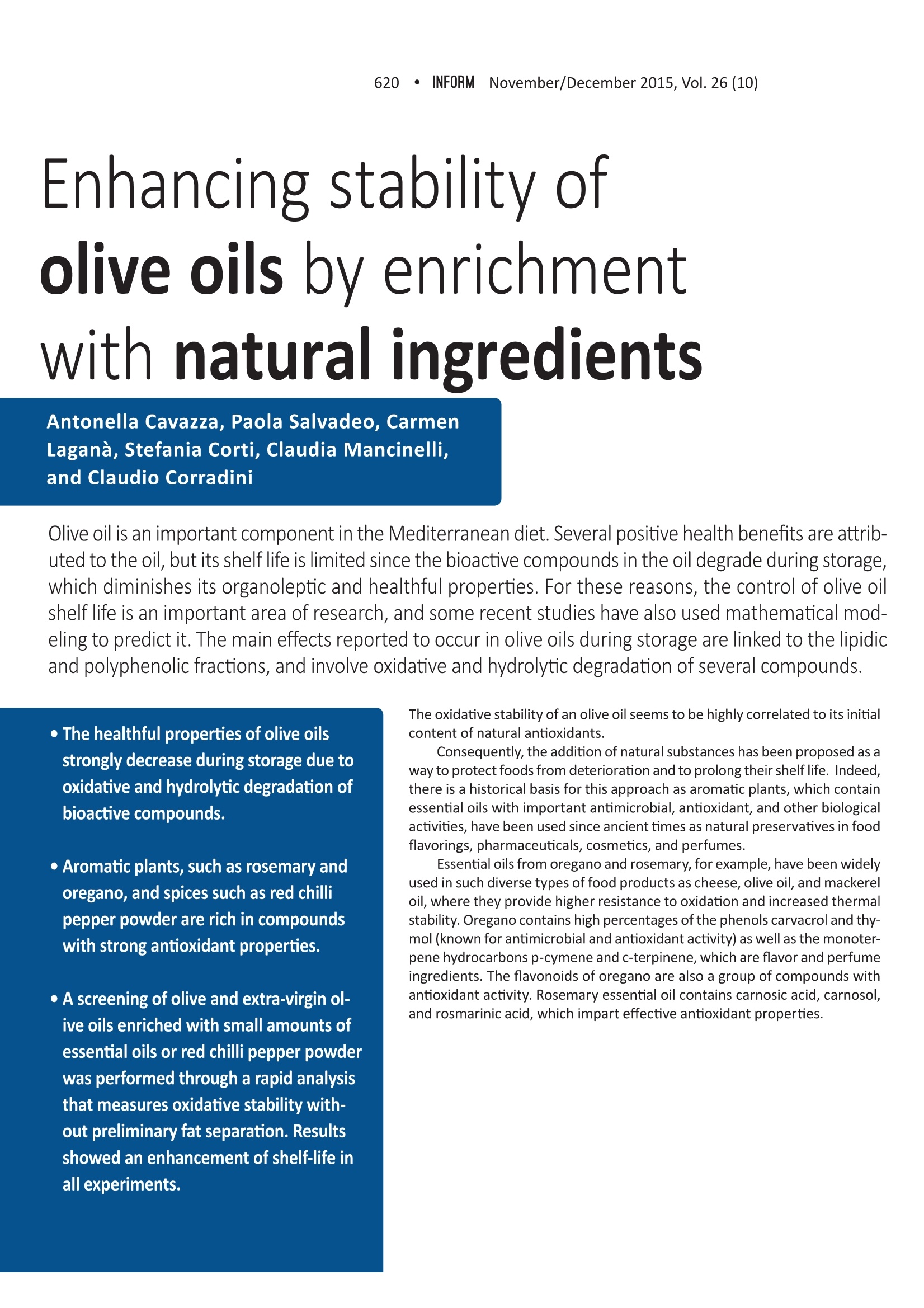
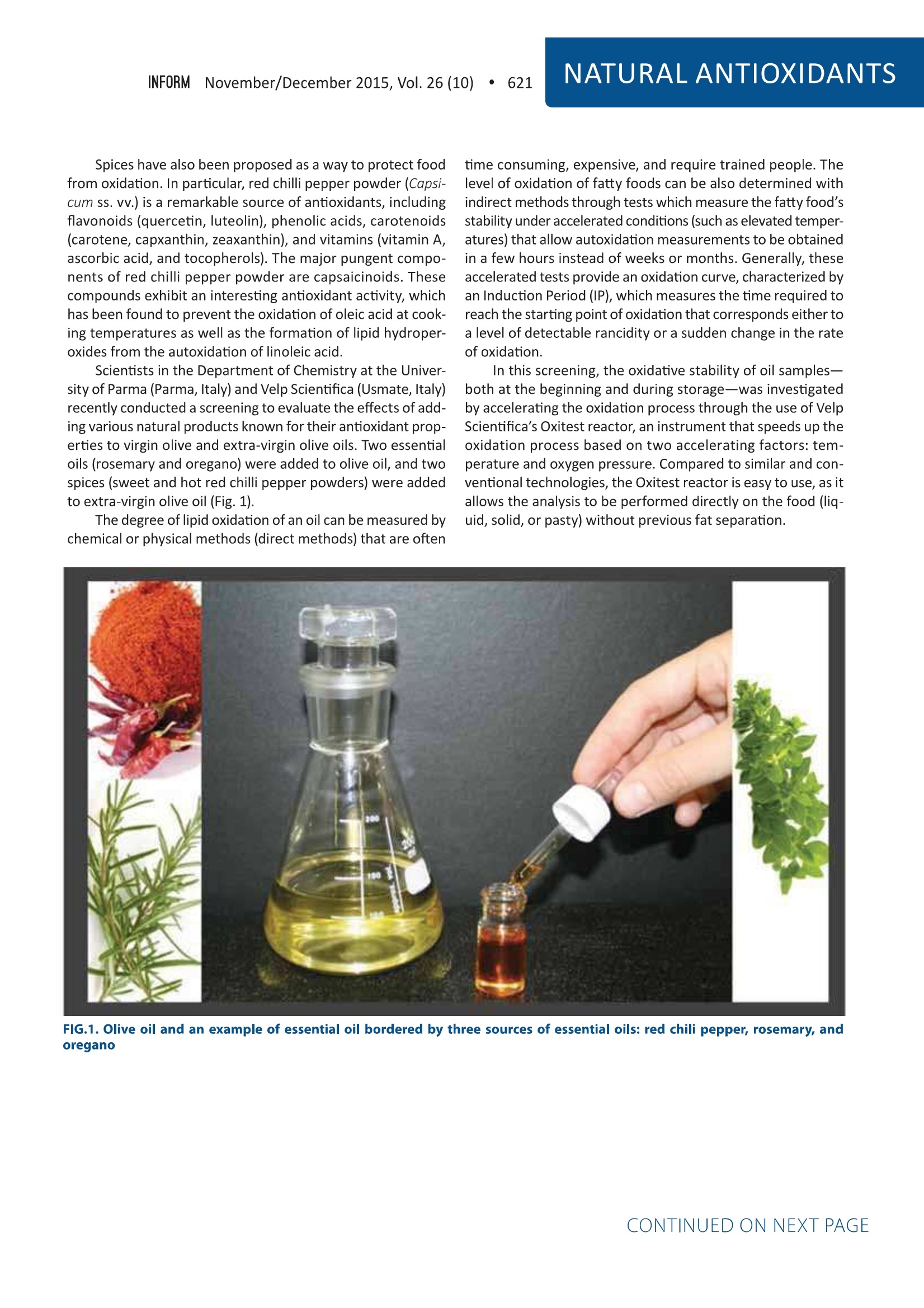
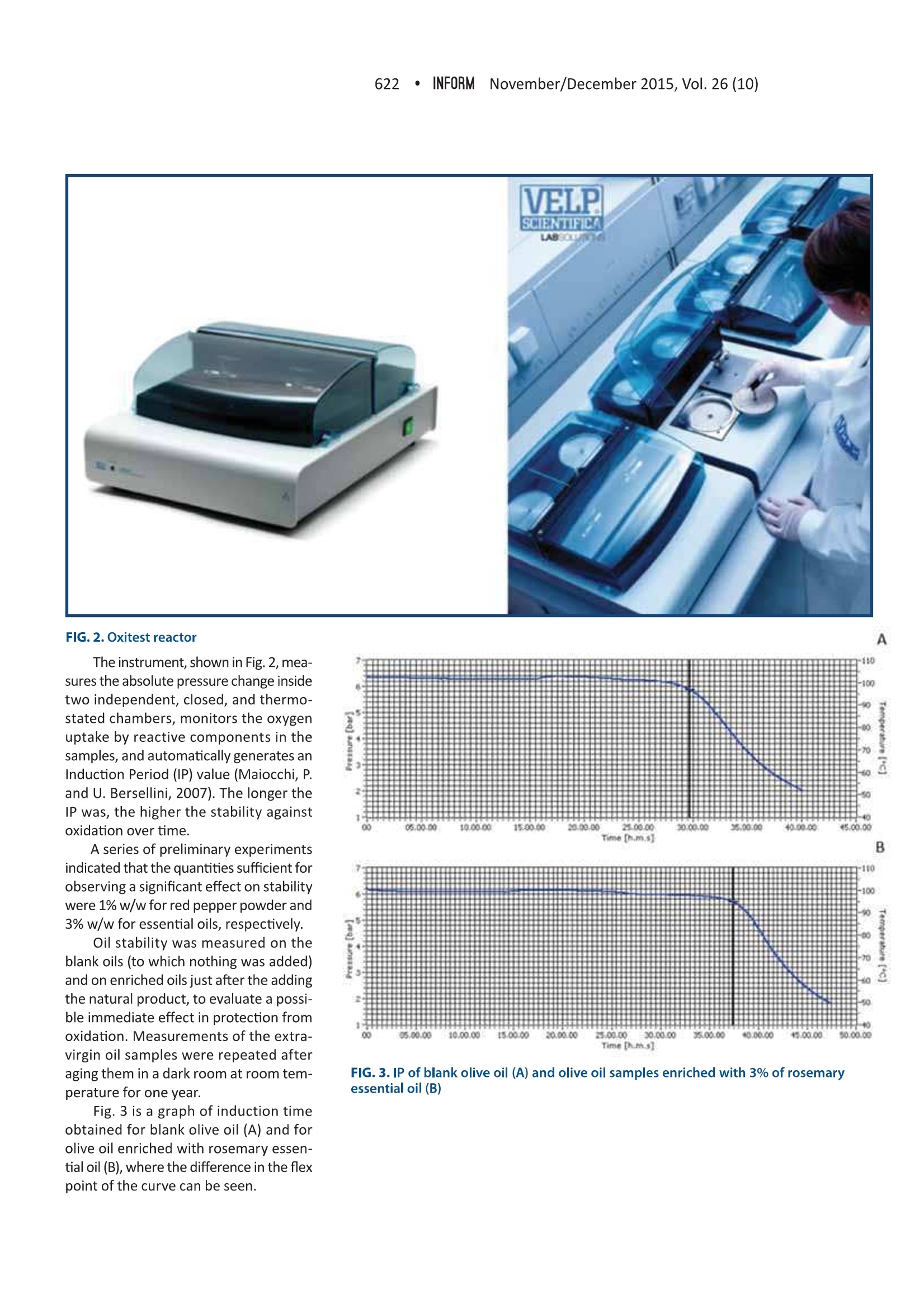


还剩3页未读,是否继续阅读?
北京盈盛恒泰科技有限责任公司为您提供《橄榄油中稳定性检测方案(氧化分析仪)》,该方案主要用于食用植物油中理化分析检测,参考标准--,《橄榄油中稳定性检测方案(氧化分析仪)》用到的仪器有意大利VELP公司-食品油脂氧化分析仪
推荐专场
相关方案
更多
该厂商其他方案
更多

